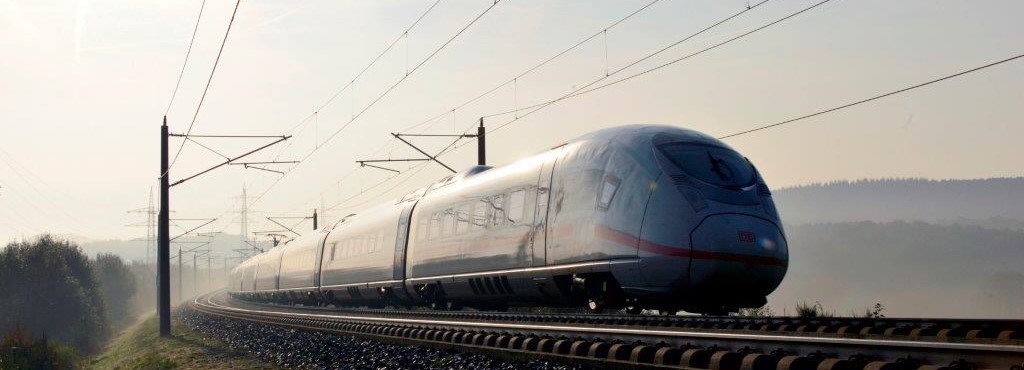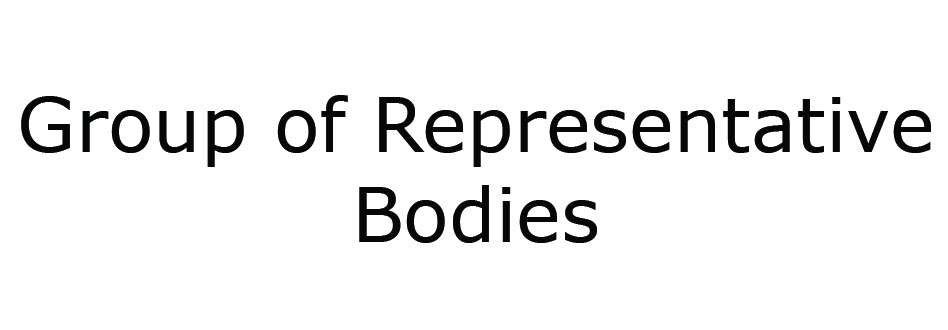4th Railway Package - Guide

Since 1991, the European railway sector has constantly been reformed by the European Union. The 4th Railway Package, which was adopted in 2016 is by far the largest and most complex legal initiative introduced so far. The 4th Railway Package consists of a political and a technical pillar which introduce substantial reforms for all stakeholders concerned.
The Guide below (drop-down menu) illustrates in four different chapters the reforms in the field of vehicle authorisation, safety certification and ERTMS trackside approval as well as the new role of the European Union Agency for Railways as ‘frequently asked questions’. Given the fact that the implementation of the 4th Railway Package is an ongoing process, the Guide will be updated on a regular basis, in line with the progress of the reforms being made on EU level.
Christian Rausch
Chairman of the Group of Representative Bodies (GRB)
What is the ERA Regulation?
Regulation 2016/796 extends the mandate and tasks of the ERA in line with the scope of Directive 2016/797 (Interoperability Directive) and Directive 2016/798 (Safety Directive). De jure the Agency becomes an authority responsible for issuing authorisations for the placing on the market of railway vehicles and vehicle types, for issuing single safety certificates for railway undertakings in the European Union and for granting ERTMS trackside approval. With this new Regulation the Agency has become the ERTMS system authority:
- This Regulation establishes a European Union Agency for Railways (‘the Agency’).
- This Regulation provides for:
- the establishment and tasks of the Agency;
- the tasks of the Member States in the context of this Regulation.
- This Regulation supports the establishment of the single European railway area, and in particular the objectives relating to:
- interoperability within the Union rail system provided for in Directive (EU) 2016/797;
- safety of the Union rail system provided for in Directive (EU) 2016/798;
- the certification of train drivers provided for in Directive 2007/59/EC of the European Parliament and of the Council.
What are the main changes?
The main changes in 2016/796 are summarised below:
ERA:
- the ERA is the only body to issue EU-wide vehicle authorisations, approvals of ERTMS track-side equipment tenders and safety certificates;
- the ERA invoices fees & charges for its authorisations, approvals and certificates as well as for the support tools (IT tools, etc.);
- the ERA becomes the system authority for telematic applications and ERTMS;
- the ERA manages all registers and databases related to 2016/797, 2016/798 and 2007/59/EC;
- the ERA has the mandate to supervise and audit National Safety Authorities (NSAs); ECMs (entities in charge of maintenance), NoBos (notified bodies), as well as to monitor RU’s and IM’s SMS;
- the role and powers of the ERA to issue and apply EU rules as well as to reject national rules have been strengthened;
- the ERA can conclude agreements with non-EU countries (cooperation agreements, etc.);
- The ERA will be involved in R&D and spare parts coordination.
Role of ERA with regards to registers:
- the role of the infrastructure register (‘RINF’) has been strengthened and will be used for pre-operational route compatibility checks;
- the ERA will set up a new register for changes and change requests related to the telematic TSIs (TAF and TAP);
- the European vehicle register (EVR) must include information relevant for people with reduced mobility (PRM) and will incorporate all national vehicle registers;
- the ERA will have to develop a single rules database (SRD) which will replace several existing registers. (Reference Document Database (RDD) and Notification IT (NOTIF-IT)).
New IT tools under ERA management:
- the Agency developed the One-Stop Shop tool as electronic portal to submit applications for safety certification, vehicle authorisation and ERTMS trackside approval;
- the ERA developed a new ‘instrument’ for the exchange of safety-related information between the different actors and bodies (COR SAIT and COR SMD).
How will the future processes look like?
The relevant processes related to vehicle authorisations, approvals of ERTMS track-side equipment tenders and safety certificates are described in the previous chapters.
Will there be a transition period?
No, as a Regulation applies from the date of its entering into force.
What is the role of the Appeal Body?
- In the case of litigations related to a safety certification, vehicle authorisation or ERTMS trackside approval, the applicant shall refer its case to a so-called ‘Board of Appeal’ of the ERA;
- This body will be composed of experts which are appointed by the Management Board of the ERA (Member States/NSAs, EC, ERA);
- In the case of diverging views between the ERA, the NSAs and / or the applicant, the Board of Appeal shall provide an opinion;
- The ERA will charge fees & charges for the opinion of the Board of Appeal to the plaintiff.
⇒ The ERA Board of Appeal can overrule the opinion of a NSA and thus overrule national interests.
What are the next steps?
- 16/06/2019: ERA starts full operation and issue vehicle authorisations, approvals of ERTMS track-side component tenders and safety certificates for those Member States having transposed the Interoperability and the Safety Directive;
- 16/06/2020: ERA issues vehicle authorizations, approvals of ERTMS track-side component tenders and safety certificates for all MS.

